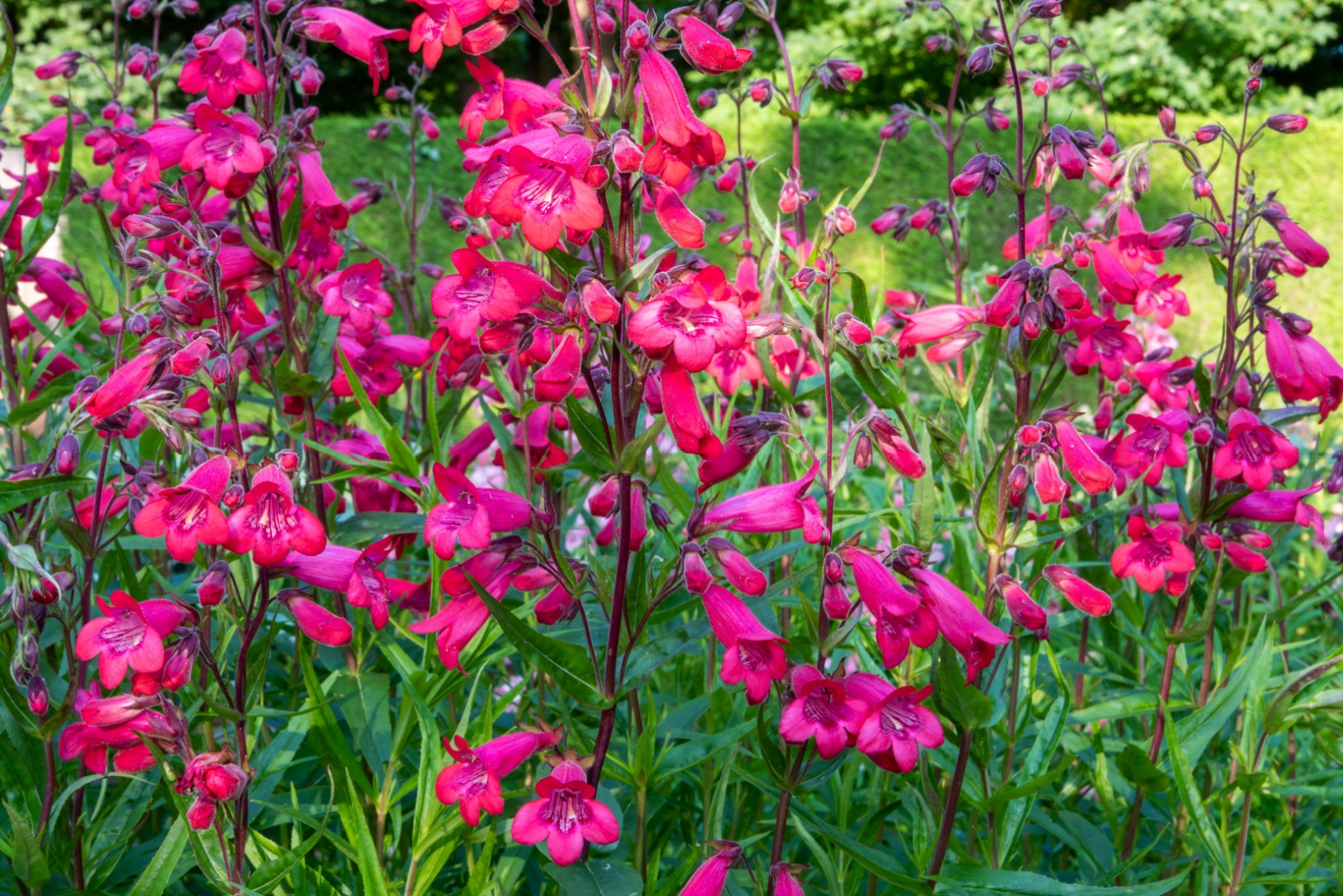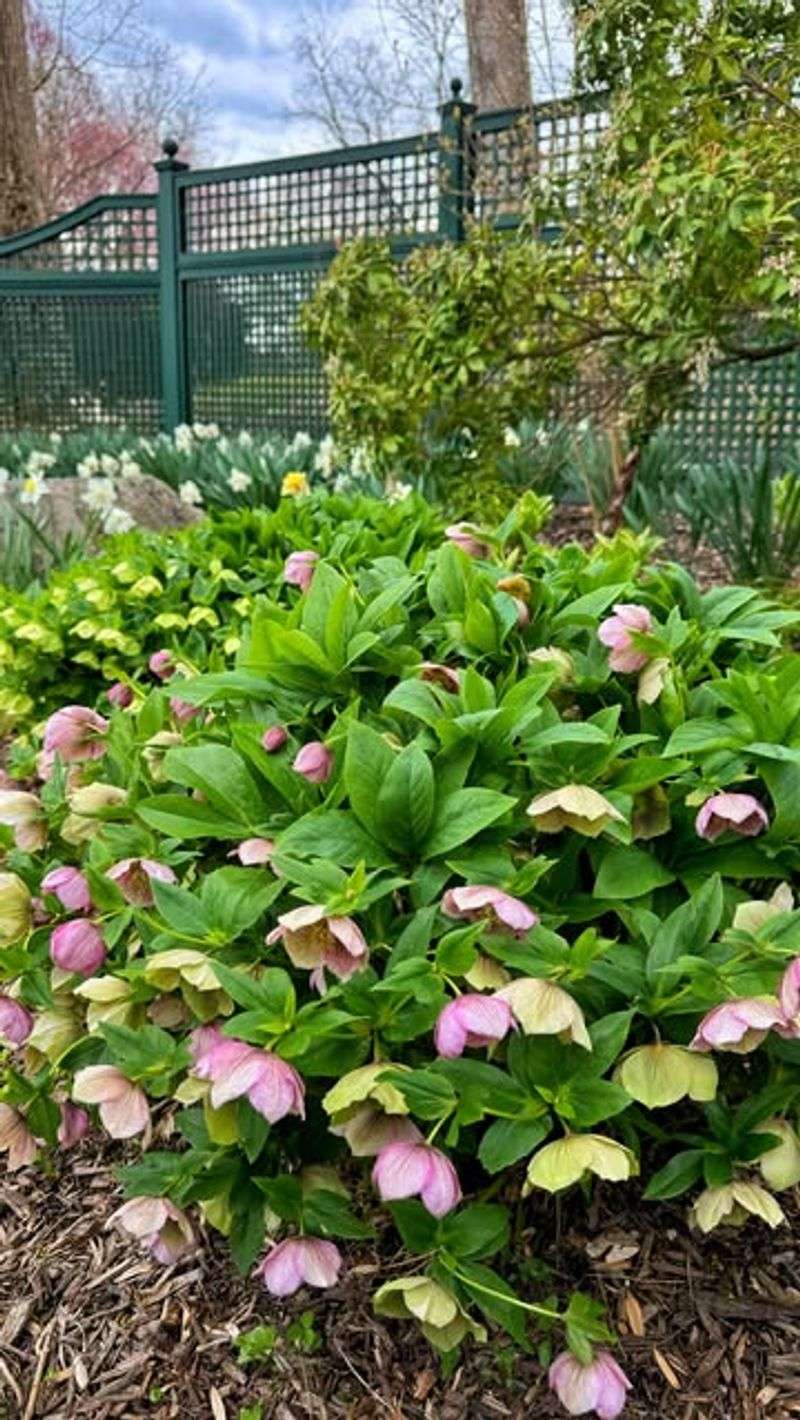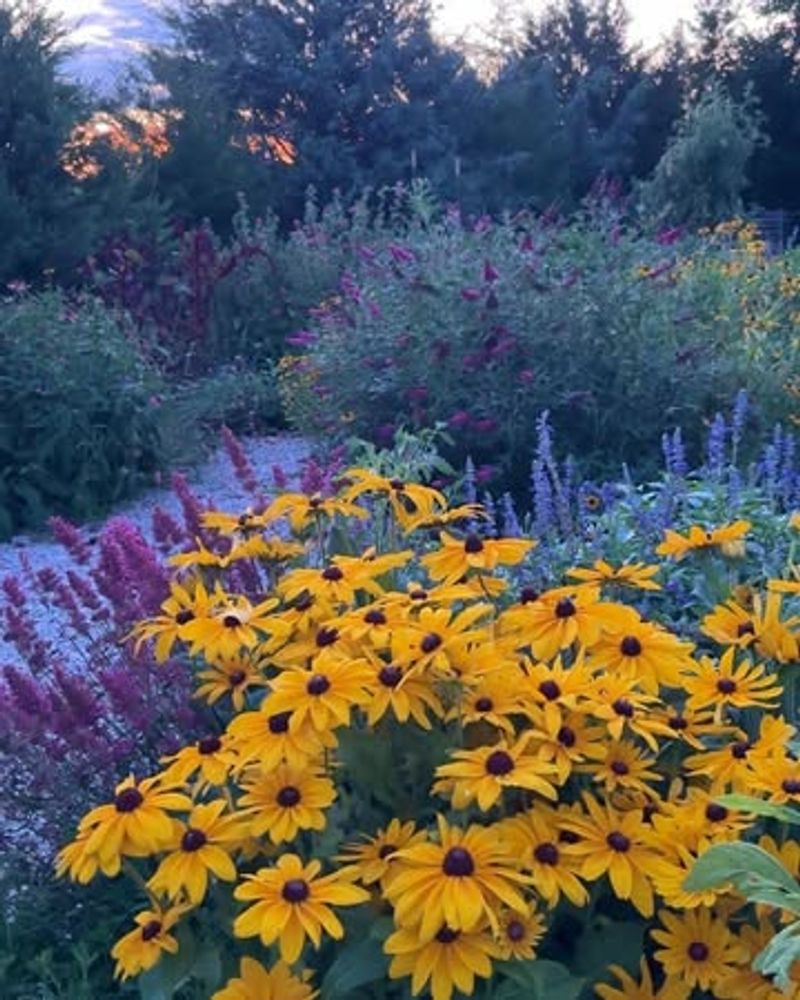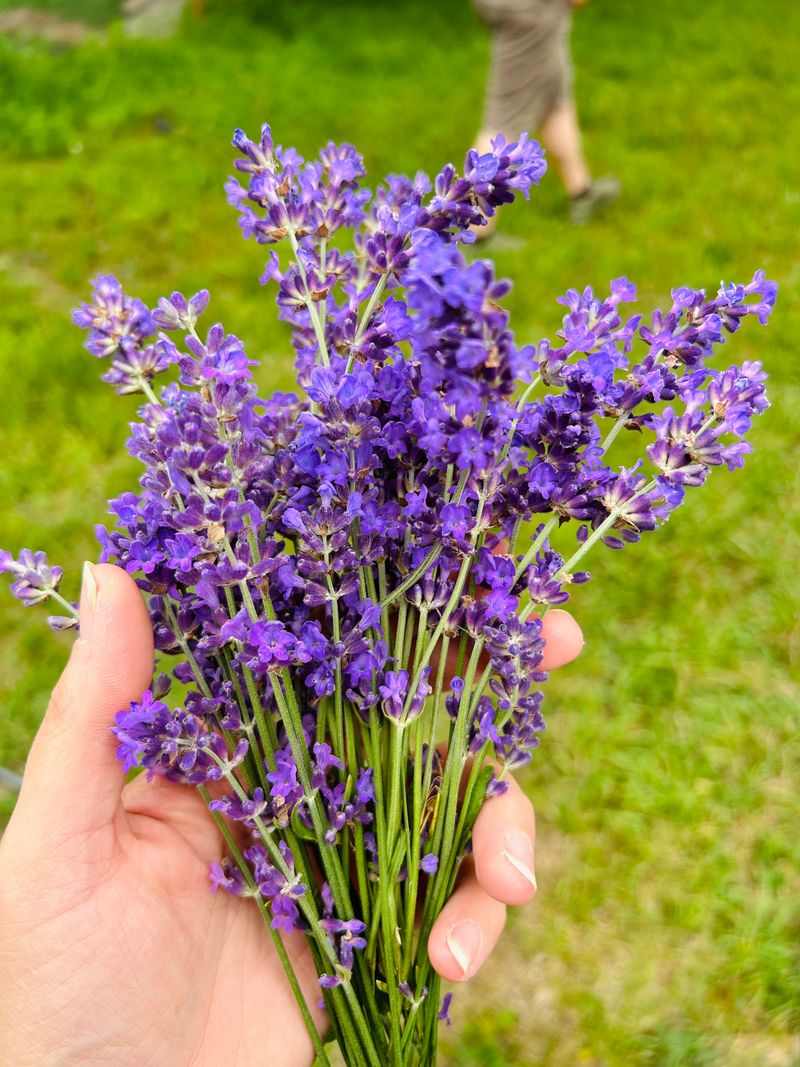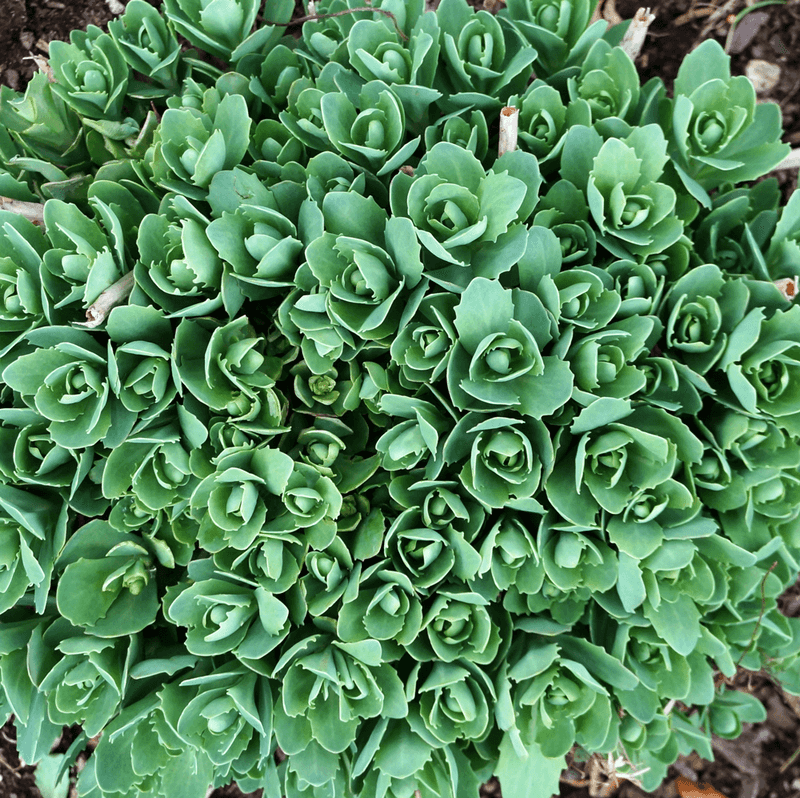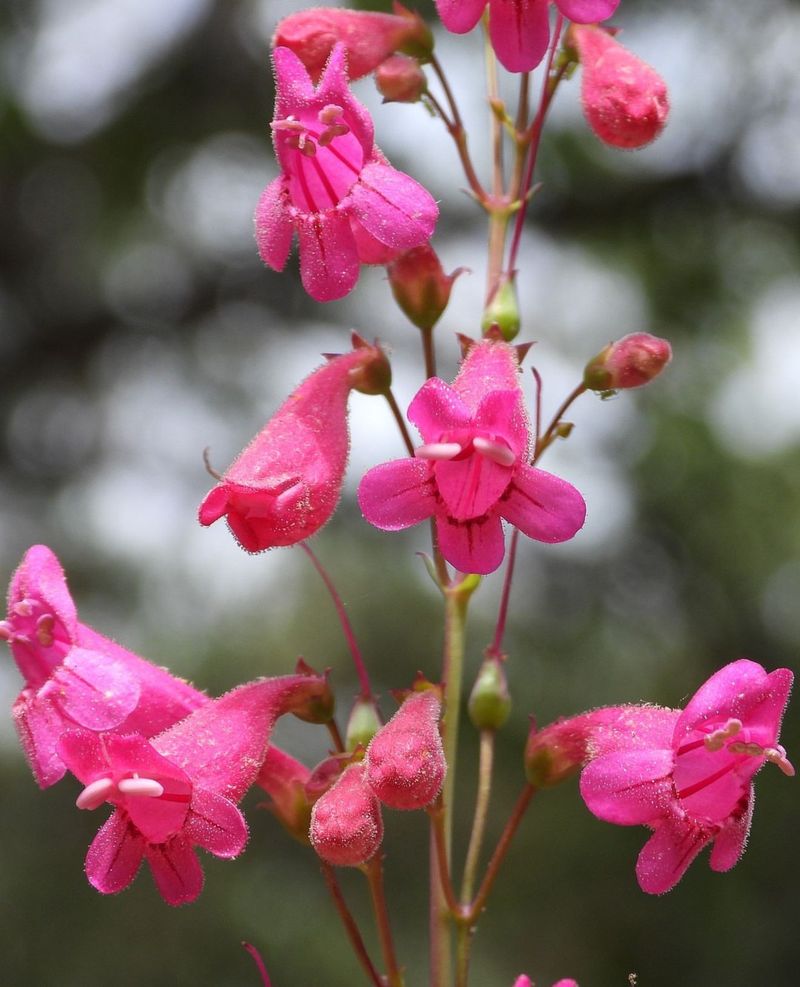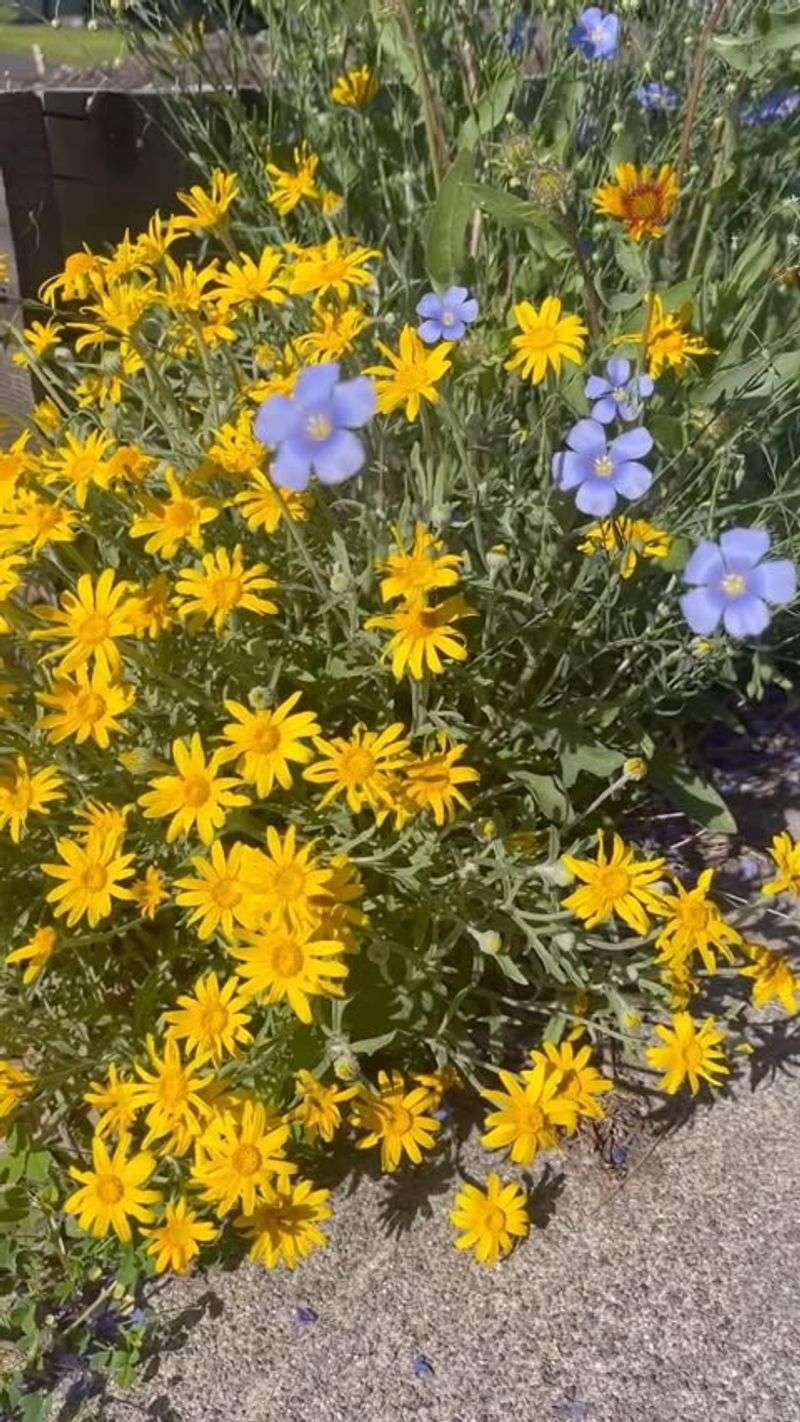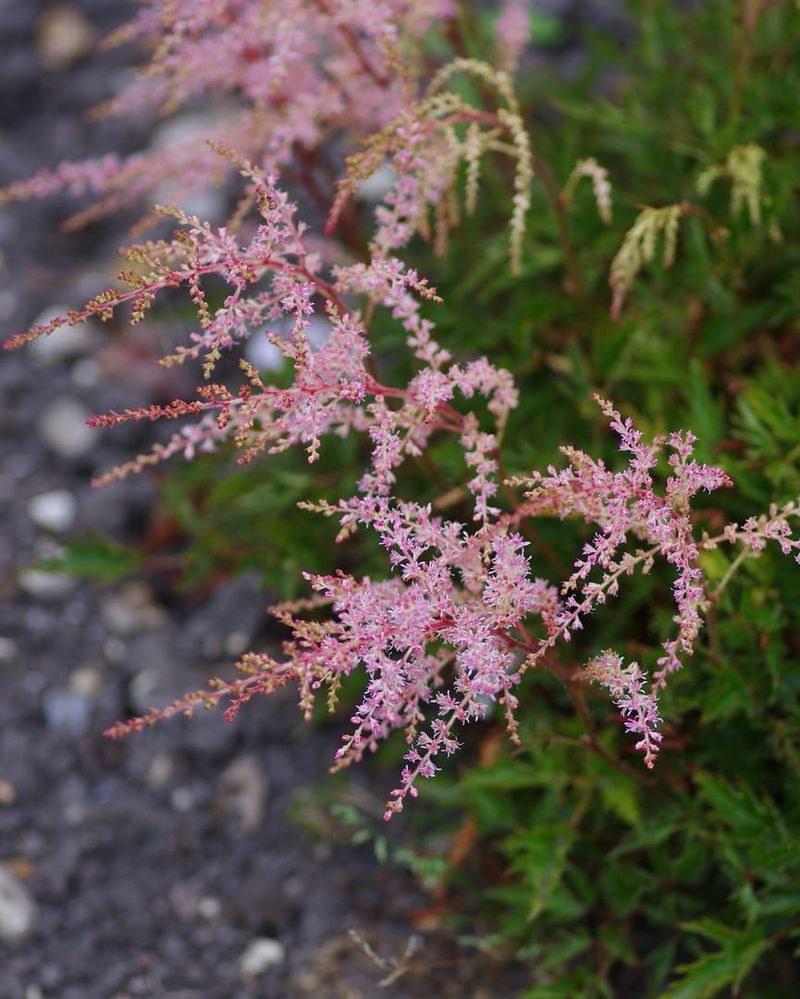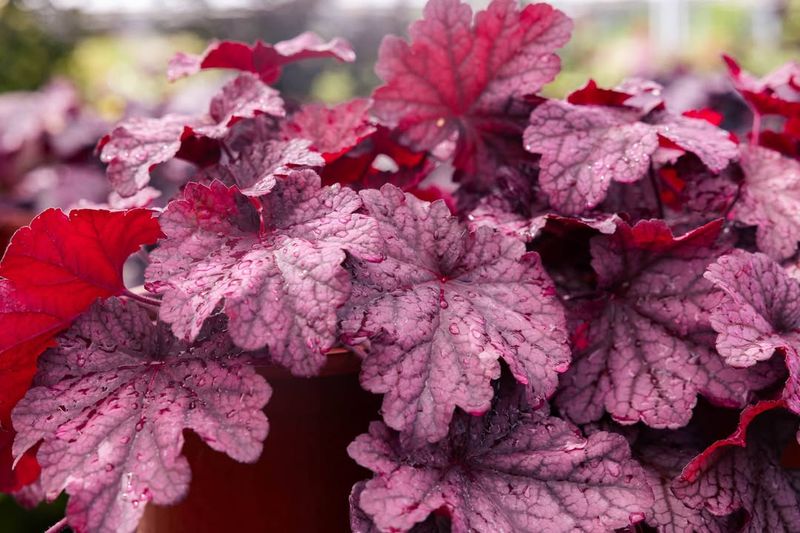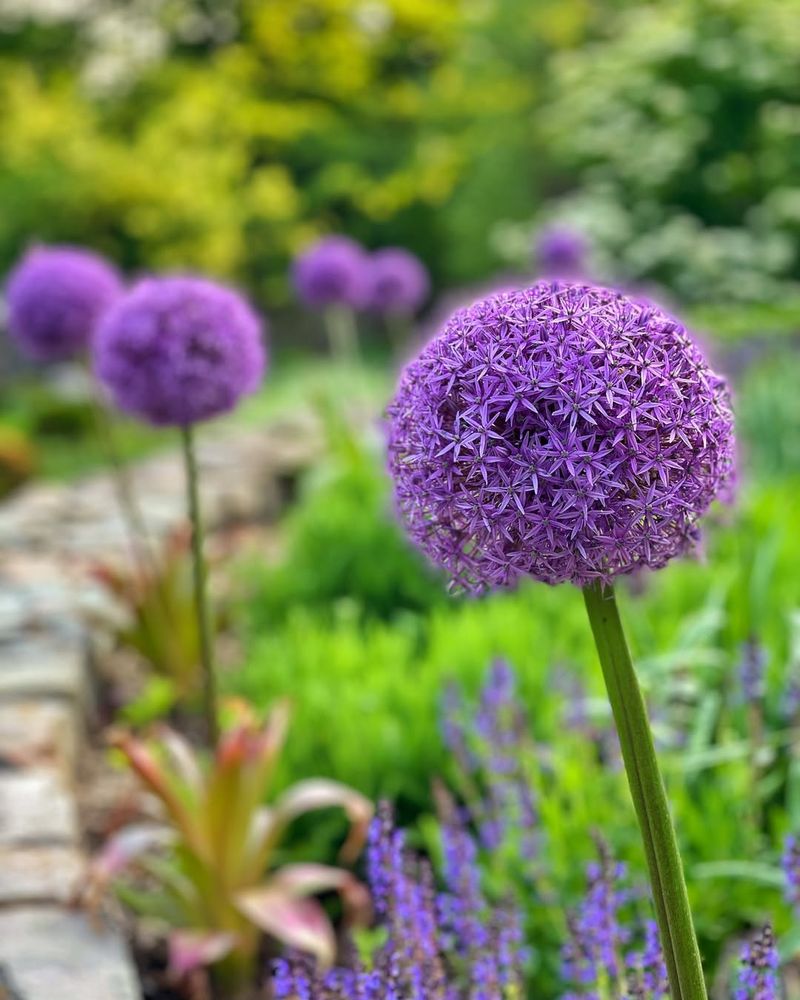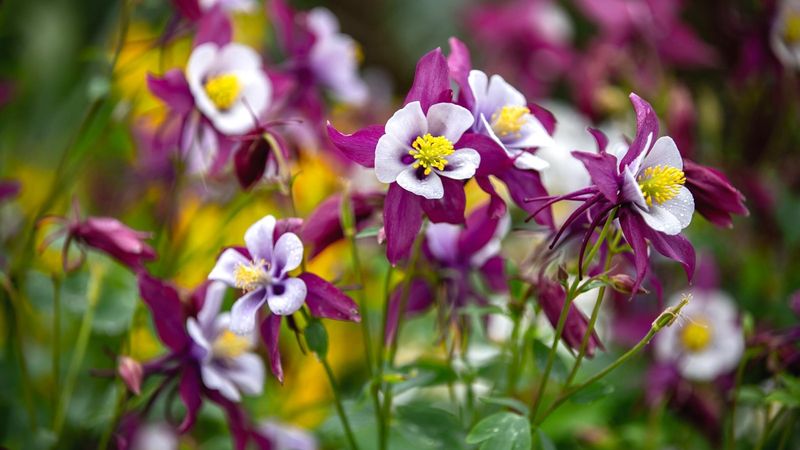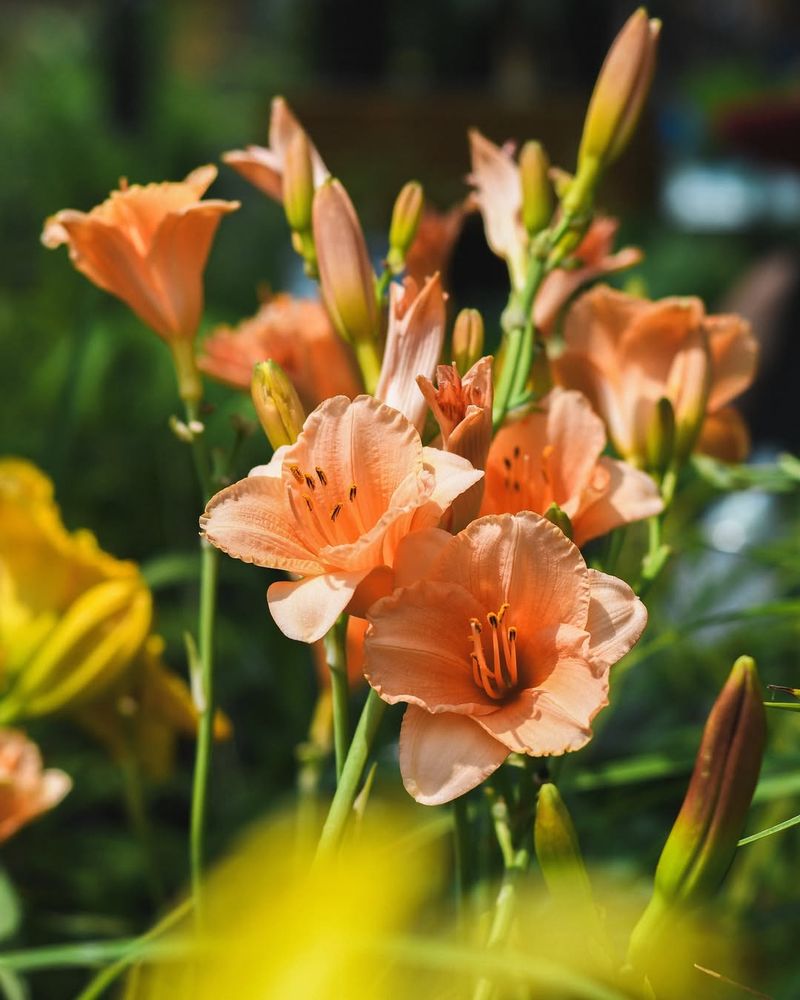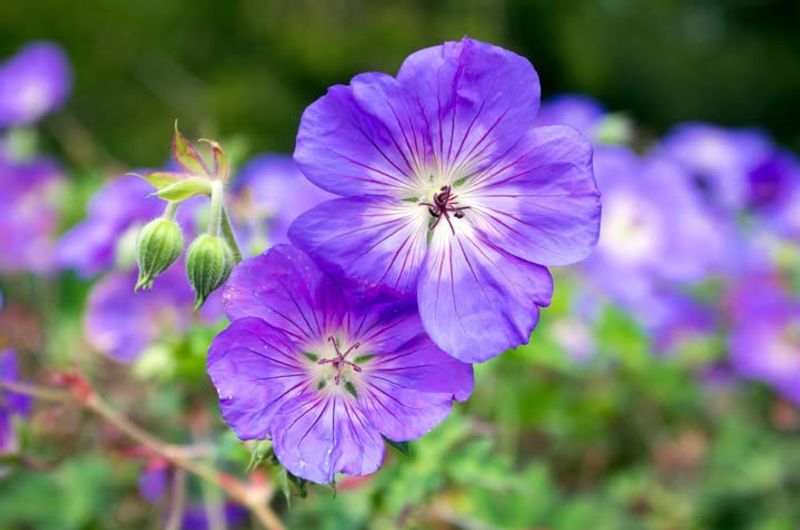Gardening in Oregon offers unique rewards thanks to our mild winters and adequate rainfall that create perfect conditions for many perennials. Some flowering plants actually perform better with less fussing and more freedom to establish themselves naturally in our rich soil.
These 13 perennials not only survive but actually thrive and bloom more profusely when you step back and let nature do the work.
1. Echinacea: The Purple Powerhouse
Native to North America, these cone-shaped beauties establish deep roots that help them withstand Oregon’s occasional summer dry spells. Their purple petals surround a distinctive center that darkens as the flower matures.
I’ve found the less I divide these plants, the stronger they grow each season. In my Willamette Valley garden, second-year plants always outperform new transplants, producing twice as many blooms with no extra care.
Goldfinches love to perch on the sturdy stems in fall, feasting on seeds while providing natural garden entertainment.
2. Hellebores: Winter’s Secret Stars
Tucked beneath Oregon’s towering firs, these shade-lovers put on a spectacular show when everything else sleeps. Their nodding blooms emerge in February, often pushing through frost or light snow with determined elegance.
Leave the leaf litter around them for natural mulch and watch them multiply. My original three plants have become fifteen over eight years with zero intervention beyond occasional fallen branch removal.
Each spring reveals new color variations as they naturally cross-pollinate, creating an ever-evolving palette in the woodland garden.
3. Rugged Rudbeckia That Multiplies Yearly
Black-eyed Susans practically throw a party in Oregon’s summer landscape. The cheerful yellow flowers create a sea of gold that returns bigger each season when seed heads remain in place through winter.
After a particularly harsh ice storm damaged my garden, these resilient bloomers bounced back stronger than ever. The natural reseeding creates charming drifts that look far more authentic than any planned planting scheme.
Cutting back actually reduces flowering, so resist the urge to tidy up stems until spring when new growth emerges.
4. Lavender: Oregon’s Mediterranean Treasure
Sun-drenched slopes throughout the Rogue Valley showcase lavender’s ability to thrive in our climate. Once established in well-draining soil, these aromatic shrubs develop woody bases that support increasingly abundant flower stalks each summer.
Many gardeners make the mistake of pruning too heavily or watering too frequently. My eight-year-old plants receive nothing but rainfall and a light shaping every other spring, rewarding this neglect with intoxicating fragrance that draws bees from blocks away.
The silvery foliage remains attractive year-round, anchoring borders with drought-resistant structure.
5. Sedum: The Carefree Succulent
Autumn Joy sedum transforms through the seasons without any help from me. Starting with blue-green rosettes in spring, the plants develop broccoli-like clusters that slowly transform into dusty pink platforms by September.
Excessive water or rich soil actually causes these sturdy perennials to flop. My most impressive specimens grow in rocky soil along my driveway where they receive absolutely no supplemental irrigation despite Oregon’s dry summers.
Winter frost crystallizes on the dried flower heads, creating natural sculptures that stand until February when I finally remove them to make way for new growth.
6. Penstemon: Hummingbirds’ Favorite
Trumpet-shaped blooms in shades from scarlet to purple dangle from upright stems throughout summer. Native varieties especially excel in Oregon’s climate, adapting perfectly to our rainfall patterns without additional watering once established.
Surprisingly, the leaner the soil, the more flowers appear. My coastal garden’s sandy patches host the most spectacular displays, with some plants producing over fifty bloom stalks by their third season.
Letting seed heads remain in place creates a natural nursery as new seedlings emerge each spring, gradually forming colonies with subtle color variations.
7. Oregon Sunshine: Our Native Yellow Wonder
Eriophyllum lanatum thrives in the challenging conditions of Central Oregon’s high desert. The woolly silver foliage serves as perfect camouflage for deer, who consistently pass by these plants in favor of tastier garden treats.
After establishing three small plants near my driveway, I’ve watched them quadruple in size annually without any attention. The bright yellow daisy-like flowers blanket the silvery mounds from May through July, creating a drought-proof color display.
Even heavy snow loads don’t discourage this tough native, which emerges from winter looking refreshed rather than beaten down.
8. Astilbe: The Shade Garden Champion
Feathery plumes rise above lacy foliage in Oregon’s dappled woodland gardens. Unlike many flowering plants that demand full sun, astilbes actually perform better with minimal direct sunlight and consistent moisture.
The key to success lies in letting them form undisturbed clumps. My oldest patch began as three small divisions twelve years ago and now covers eight square feet with no division or special treatment beyond fallen leaf mulch.
Each summer brings taller flower spikes in shades from pale pink to deep raspberry, creating vertical interest where many shade plants remain low and spreading.
9. Heuchera: Colorful Coral Bells
Ruffled evergreen leaves in shades from caramel to purple create year-round interest beneath Oregon’s deciduous trees. These native woodland plants have been bred into countless color variations while maintaining their tough, adaptable nature.
Counter to conventional wisdom, my most spectacular specimens receive no fertilizer whatsoever. The plant’s natural tendency is to form expanding crowns that slowly creep outward, creating magnificent specimens when left undisturbed for years.
Delicate flower wands attract hummingbirds in late spring, but the foliage provides the real show through all four seasons, including our mild winters.
10. Ornamental Alliums: Purple Globes Of Glory
Baseball-sized spheres of tiny star-shaped flowers hover above Oregon gardens on sturdy stems each spring. These members of the onion family ask almost nothing from gardeners while delivering spectacular architectural interest.
Forgotten bulbs planted years ago continue multiplying in my garden’s borders. The dramatic seed heads remain attractive long after blooming, turning from lavender to tan as summer progresses.
Deer and rodents avoid these bulbs due to their natural onion scent, making them perfect for problem areas where other perennials get devoured before they can establish.
11. Columbine: Woodland Dancing Stars
Delicate star-shaped blooms dangle from wiry stems throughout Oregon’s spring gardens. These charming natives self-seed prolifically when flower heads remain in place, creating delightful surprises in new garden locations each year.
A single packet of mixed seeds scattered seven years ago has transformed my partially shaded hillside into a tapestry of jewel-toned blooms. Each generation produces slightly different color combinations as the plants naturally cross-pollinate.
Morning dew collects on the intricate spurs, creating miniature prisms that catch early sunlight in magical displays.
12. Daylilies: The Truly Carefree Perennial
Trumpet-shaped blooms in sunset colors emerge daily throughout summer from strappy green foliage. These workhorses of the Oregon garden scene require absolutely no deadheading to continue their impressive flowering performance.
Decades-old clumps continue blooming profusely along rural roadsides where they were planted by homesteaders and forgotten. In my own garden, the original six plants have expanded to cover nearly twenty feet of border without division or special care.
Contrary to garden center advice, these tough plants actually bloom more abundantly when root-bound and challenged by competition from neighboring plants.
13. Hardy Geranium: The Tireless Bloomer
Masses of five-petaled flowers in shades from white to deep purple carpet Oregon gardens from May through October. Unlike their annual cousins, these tough perennials return larger each year, gradually forming weed-suppressing mats of attractive foliage.
Shearing after the first flush of flowers seems counterintuitive but triggers an impressive second and third round of blooming. My oldest plants are approaching their tenth season with no division, forming mounds nearly three feet across that crowd out weeds completely.
Morning fog beads on the fuzzy leaves, creating a constellation of tiny droplets that sparkle in Oregon’s gentle summer light.

